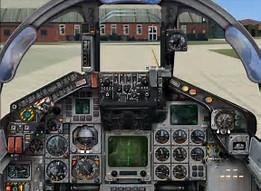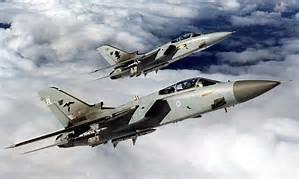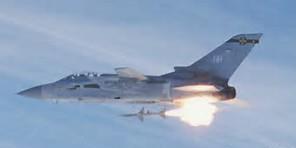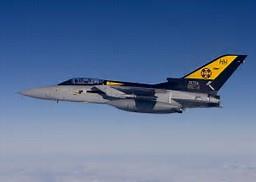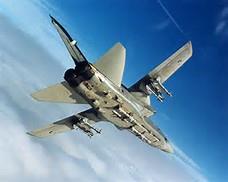S'sonic
Stealth
Menu
A free template by Lucknowwebs.com for WYSIWYG WebBuilder 8
Powered by Sispro1-S
Nigel G Wilcox
Paragon Of Space Publication
© Copyright Reserved - United Kingdom
Ideal Screen Composition 1024 x 768
SITEMAP
PSEUDO SCIENCE
SCIENCE RESEARCH
ABOUT
Desk
Supersonic
Stealth
Study
Menu
MAIN INDEX
Fastest Air Planes
Space
Transport
Menu
Tornado ADV
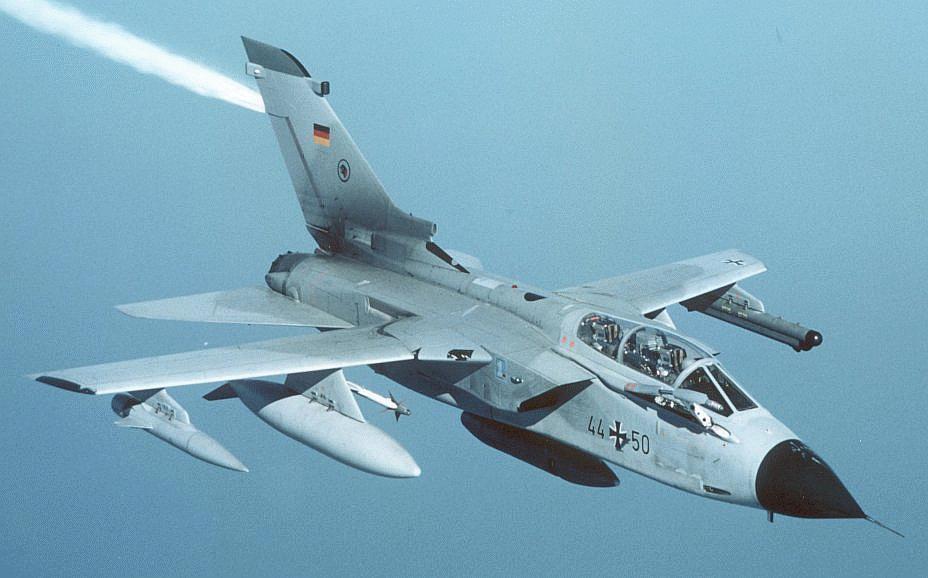

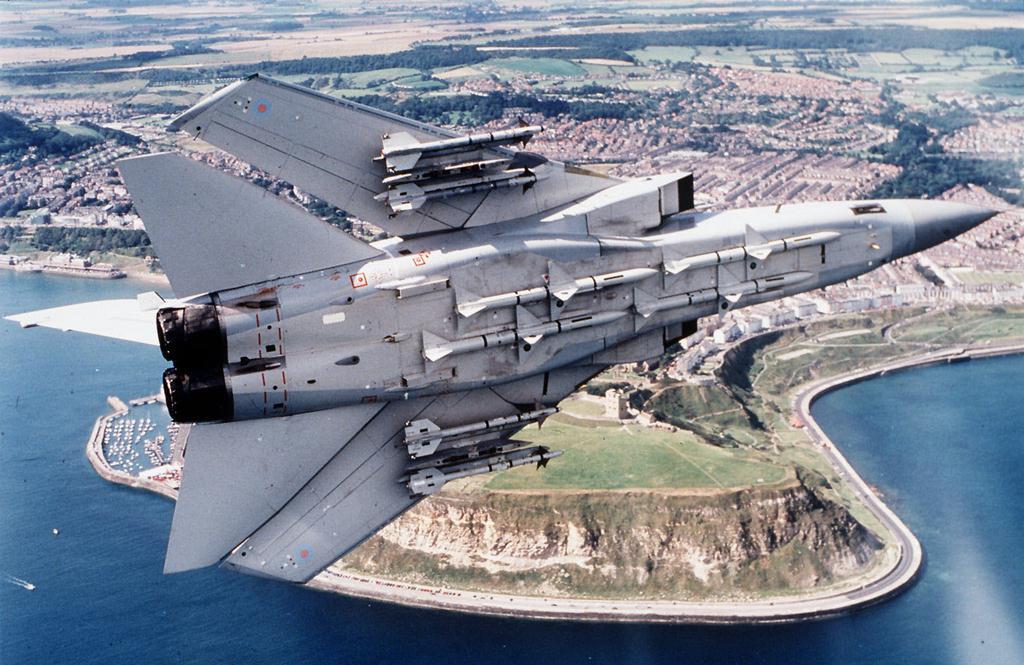
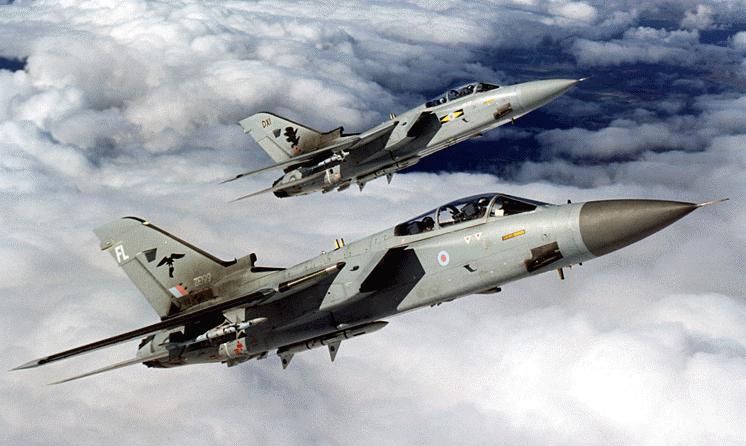
The Development and Design of Tornado ADV
The Tornado ADV is equipped with short-range and medium-range air-to-air missiles and was the first aircraft to be armed with the short-range MBDA ASRAAM air-to-air missile which got into service in January 2001 and was proclaimed prepared for operational deployment in September 2002. . A standard weapons payload would contain four Sidewinder short-range missiles and four Skyflash medium-range missiles.
The aircraft was initially developed to intercept Soviet bombers when they enter in the airspace of the United Kingdom from the East. The Tornado ADV for the Royal Saudi Air Force was manufactured to F3 standard.
Although it was recommended, the ISD variant of the Tornado was not suitable for the dedicated interception role. The UK for that reason continued alone with the ADV’s development, which was endorsed on 4 March 1976.
The Tornado ADV’s differences in comparison to the IDS involve a higher sweep angle on the inboard fixed wing sections, removal of Krueger flaps, a longer radome for the Marconi/Ferranti AI.24 Foxhunter airborne interception radar and a fuselage stretch of 1.36m to enable the carriage of four Skyflash semi-active radar homing missiles. The port cannon was also removed. It also has (or had) a totally new software suite. The stretch was placed on the Tornado front fuselage being built by the UK, with a plug being put in at the rear of the cockpit.
The Tornado F2 was the initial version of the Tornado ADV in Royal Air Force service, with 18 being constructed. It first flew on 5 March 1984 and was powered by the same RB. 199 Mk 103 engines used by the IDS Tornado, able to four wing sweep settings, and suited to hold only two underwing Sidewinder missiles.
There were 100 RAF F3 Tornado aircrafts have been improved to bear AIM-20 AMRAAM air-to-air missiles, Raytheon IFF 4810 SIFF (Successor Identification Friend or Foe) system and Honeywell laser inertial navigation system.
The aircraft is pre-loaded with a BAE Systems Foxhunter radar, which delivers long-range lookup capability and allows the aircraft to find targets at beyond visual range.
In July 2004, the UK Ministry of Defence publicized that one squadron of RAF Tornado F3 of 13 aircraft, the XI(F), stationed at RAF Leeming, would be grounded in October 2005. A Tornado F3 in training flight crashed on 2 July 2009 at Glen Kinglas in Argyll, Scotland. The RAF Tornado F3 fleet was planned to be retired in 2011.
The Tornado F3 made its maiden flight on 20 November 1985. Improvements over the F2 included RB. 199 Mk 104 engines, which were optimised for high-altitude usage with longer afterburner nozzles, the volume to bear four underwing Sidewinder missiles rather than two, and automatic wing sweep control. The F3’s main weapons when it entered service were the short-range Sidewinder and medium-range Skyflash, a British missile based on the American AIM-7 Sparrow.
The Tornado ADV has been criticised for its deficiency of true fighter operation. The Tornado is lacking in the close combat functionality and agility of aircraft such as the F-16 Fighting Falcon. On the other hand, the Tornado was engineered as an interceptor rather than as an air superiority fighter. Its essential purpose was to bring a numerous missiles and fly them far away from base over the North Sea and Northern Atlantic; once on station it required to possess good endurance, and then have the ability to engage and destroy targets at long range. These targets were visualized to be formations of Soviet bombers, the engagement of which would not have needed significant air combat manoeuvrability. Because of this, dogfighting capacities would come to be a secondary concern.
The Panavia Tornado Air Defence Variant was a long-range, twin-engine interceptor version of the swing-wing Panavia Tornado. The aircraft's first flight was on 27 October 1979, and it entered service with the Royal Air Force in 1986. It was also previously operated by the Italian Air Force and the Royal Saudi Air Force.
The Royal Air Force stopped operating the Tornado ADV on 22 March 2011 and the Royal Saudi Air Force is now the only active operator of the interceptor. Both the RAF and RSAF have or are switching the Tornado ADV with the Eurofighter Typhoon. Italy Air Force was also the operator of Tornado ADV.
Maximum speed: 2,338 km/h (1,453 mph) Range: 2,417 mi Maiden flight: 27 Oct 1979 Length: 61.29 ft Wingspan: 28.22 ft Passengers: 2
General characteristics
Crew: 2
Length: 18.68 m (61 ft 3½ in)
Wingspan: (Variable geometry wing) At 25° wing position : 13.91 m (45 ft 7½ in)
At 67° wing position: 8.60 m (28 ft 2½ in)
Height: 5.95 m (19 ft 6½ in)
Wing area: 26.60 m² (286.3 sq ft)
Empty weight: 14,500 kg (31,970 lb)
Max. takeoff weight: 27,986 kg (61,700 lb)
Powerplant: 2 × Turbo-Union RB199-34R Augmented Turbofan Dry thrust: 40.5 kN (9,100 lbf) each
Thrust with afterburner: 73.5 kN (16,520 lbf) each
Performance
Maximum speed: Mach 2.2 (2,400 km/h, 1,490 mph) at 9,000 m / 30,000 ft altitude; 800 knots, 1,482 km/h, 921 mph indicated airspeed near sea level
Combat radius: more than 1,853 km (1000 nmi, 1,151 mi) (subsonic), more than 556 km (300 nmi, 345 mi) supersonic
Ferry range: 4,265 km[58] (2,300 nmi, 2,650 mi) with four external tanks
Endurance: 2 hr combat air patrol at 560-740 km (300-400 nmi, 345-460 mi) from base
Service ceiling: 15,240 m[59] (50,000 ft)
Armament
Guns
1 × 27 mm (1.063 in) Mauser BK-27 revolver cannon with 180 rounds (internally mounted under starboard side of fuselage, versus 2× BK-27 mounted on Panavia Tornado IDS)
Hardpoints: 10 total (4× semi-recessed under-fuselage, 2× under-fuselage, 4× swivelling under-wing) holding up to 9000 kg (19,800 lb) of payload, the two inner wing pylons have shoulder launch rails for 2× Short-Range AAM (SRAAM) each
4× AIM-9 Sidewinder or AIM-132 ASRAAM
4× British Aerospace Skyflash or AIM-120 AMRAAM (mounted on 4 semi-recessed under-fuselage hardpoints)
Others:
Up to 2× drop tanks for extended range/loitering time. Up to 4 drop tanks for ferry role (at the expense of 4 Skyflash/AMRAAM).
Avionics
GEC-Marconi/Ferranti AI.24 Foxhunter radar
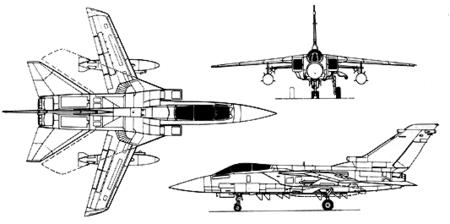
Role: Interceptor
Manufacturer: Panavia Aircraft GmbH
First flight: 27 October 1979
Introduction: 1 May 1985
Retired: 2011 (RAF)
Status: Retired
Primary users: Royal Air Force
Royal Saudi Air Force
Italian Air Force
Number built: 218
Unit cost: £14 million (1980)
Developed from: Panavia Tornado IDS








